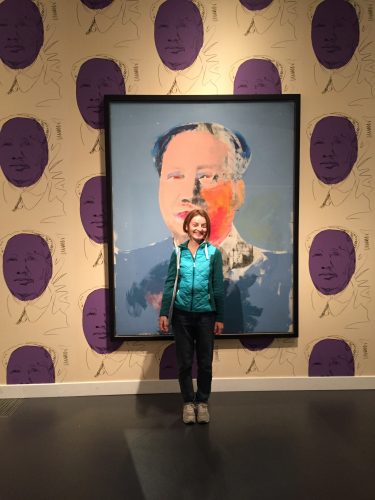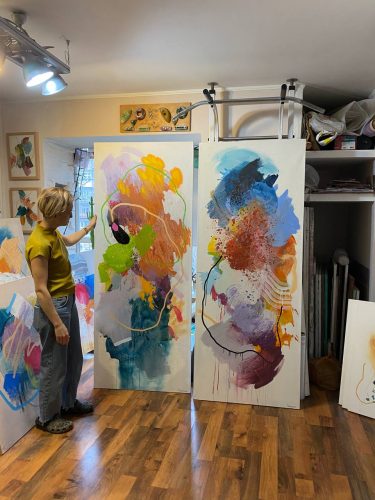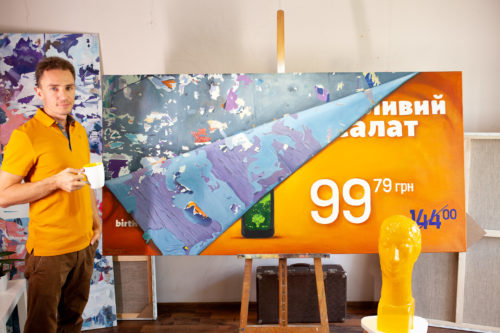studio
Production
 Art and factory: look to the production
Art and factory: look to the production
‘Production’ is a word with many meanings. It can refer to the making of something, or to a final product like a performance. It can be the process of bringing a song or musical work to life. Or honing that work to perfection. ‘Production’ might conjure images of factory production lines or the theories of Karl Marx. Production is labour, capital, and the invisible groundwork of modern society. And it can be as simple as making a clay pot with your hands. Production is at once mechanical and biological – think of ‘reproduction’ – and ultimately human.
Production is at the heart of making art. Artists and theorists have long acknowledged its importance as both an artistic action and an idea to be explored. And as the role of production has shifted in our lives, so have the ways which artists have responded to it. While some contemporary artists foreground production as a tool, others use their work to explore ideas around production we might otherwise overlook.
Painters and sculptors of the 1960s sought a more mechanized “look” for their art. The changes reflected in the art have their source in a deeper shift – a shift at the level of production, expressed in new studio practices as well as in the space of the artworks themselves.
In the period immediately before, during, and after World War II, the dominant peack of the artist’s career was genius, been alone in studio, witness of creation of own art. Since 1960s, against of heroic modernism, engaged in a different rhetoric and practice, one based on the models of industry and business. The studio of Andy Warhol, named the “Factory,” is viewed as great change, with its rudimentary assembly line and highly social mode of production.
Warhol’s Factory became “place of knowledge” – the space with Warhol’s paintings and objects, and the new social space in which they signify. The context for that signification thus becomes crucial to our understanding of the “Warhol phenomenon” celebrated in popular and arthistorical texts. The ambivalencies embedded in Warhol’s Factory, where the artist’s role oscillated between manager and proletarian worker, are seen as a function of their context. Conflicting signals are also broadcast by the works of art, which speak in the dialect of mass production with the accent of the irreplaceably unique.
Photo from solo show by Andy Warhol at Caixa Forum, Barcelona, Spain









